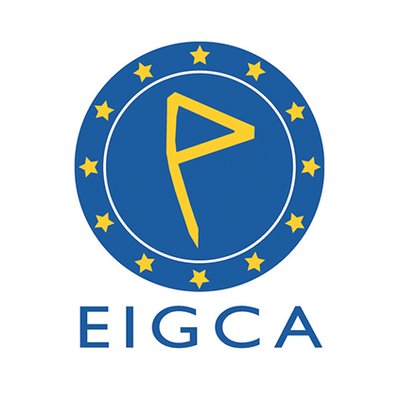REYKJAVIK, Iceland – The three largest societies of golf course architects have jointly pledged to strengthen their commitment to climate action, within a wider framework of sustainable development as set out in the United Nations Sustainable Development Goals.
This feature was originally published by Golf Course Architecture magazine.
The pledge was signed by the presidents of the European Institute of Golf Course Architects (EIGCA), American Society of Golf Course Architects (ASGCA) and Society of Australian Golf Course Architects (SAGCA) at the EIGCA’s annual meeting.
Tim Lobb, EIGCA president, said: “We chose Iceland for our conference as it is one of the most forward-thinking countries on climate change. Sustainability and stewardship of the environment are key considerations in golf course design and as an institute we believe it is important to create a pathway for golf to achieve net zero emissions through how golf courses are designed and developed.”
The three organizations’ collective commitment focuses on four areas: increasing knowledge, environmental stewardship, encouraging research and innovation and the positive impact that golf courses can have on communities and climate.
ASGCA president Jason Straka said: “I was thrilled to attend the conference and annual meeting in Iceland which covered many topics regarding climate change and how we as professional golf course architects can help to address it. I signed the pledge on behalf of ASGCA and our members, who continue our ongoing commitment towards climate action through conscientious design.”
Harley Kruse, president of SAGCA, said: “Climate change is evident across the golfing landscape of Australia. The Australian continent is historically one of drought, floods, storms, and bush fires, but now a place where abnormal weather is perhaps becoming normal. SAGCA is very happy to sign this pledge and commit to encouraging and supporting the Australian golf course architecture community to increase their knowledge and understanding of climate adaption in design.”
The EIGCA annual meeting saw 100 delegates from 19 countries gathering for discussions on the theme of “driving net zero.”
Experts from organizations including GEO Foundation and the R&A spoke to delegates about climate change, its impact on golf, and the practical implications for golf course design. Gudlaugur Thór Thórdarson, the Icelandic Minister of the Environment, Energy and Climate delivered a welcoming address.
EIGCA and two of its sponsors, Rain Bird and Toro, funded carbon offsetting to cover the impact of delegate accommodation, meals and transportation. This was one of a series of measures towards net zero emissions associated with the conference.
Delegates also played golf at two of Iceland’s leading courses, Brautarholt Golf Club, routed by Icelandic golf course architect and EIGCA member Edwin Roald, and Keilir Golf Club, where EIGCA member Tom Mackenzie is conducting renovation work.
The conference also saw a celebration of the 22 years of service of EIGCA executive officer Julia Green, who is retiring. Her role will be assumed by Lindsey Collumbell.


